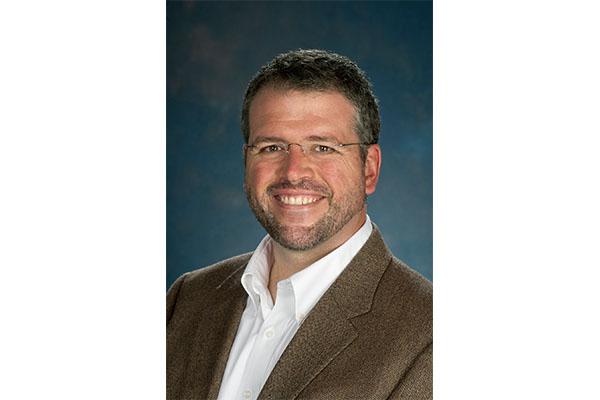Fighting over food

Research could help tackle hunger-related violence
While it may sound hard to believe for many Americans, in some parts of the world, violence breaks out simply because people don’t have access to food.
The issue is often worse in places such as Africa that experience extreme weather. Drought, for instance, can be devastating for farmers and for the local economy, often leading to outbreaks of violence.
While research has shown a link between climate-induced food shortages and violence, findings out of Ohio State suggest there’s more to the story.
The research, led by political science Mershon affiliate Bear Braumoeller, associate professor of political science, reveals another factor that plays a huge part in this complex equation — the strength of the country’s government.
“A capable government is even more important to keeping the peace than good weather,” said Braumoeller.
Braumoeller and a team of former Ohio State graduate students, Professors Ben Jones ’13 and Eleonora Mattiacci ’14, focused on two African countries that faced similar situations in the 2000s.
Both Kenya and Ghana suffered through severe droughts. But Kenya experienced more violence than Ghana in the form of violent protests and civil unrest.
Why?
Researchers say Kenya’s economy was struggling, leaving its government in a weaker position. Ghana, on the other hand, had a stronger economy and was in a better position to respond to the drought, approving a $1 billion relief package for its citizens.
See video interview with Bear Braumoeller
In addition to shedding new light on the issue of food violence, the research also highlights ways the United States and the global community can help.
“At the end of the day, what matters the most? It’s really about state vulnerability. That’s the key,” said Mattiacci, a co-author of the study.
Braumoeller added: “Aid that’s designed to reduce state vulnerability is actually instrumental in helping to make states more resistant to the kind of violence we expect to see coming out of climate change.”
This story first appeared in Ohio State Insights.
